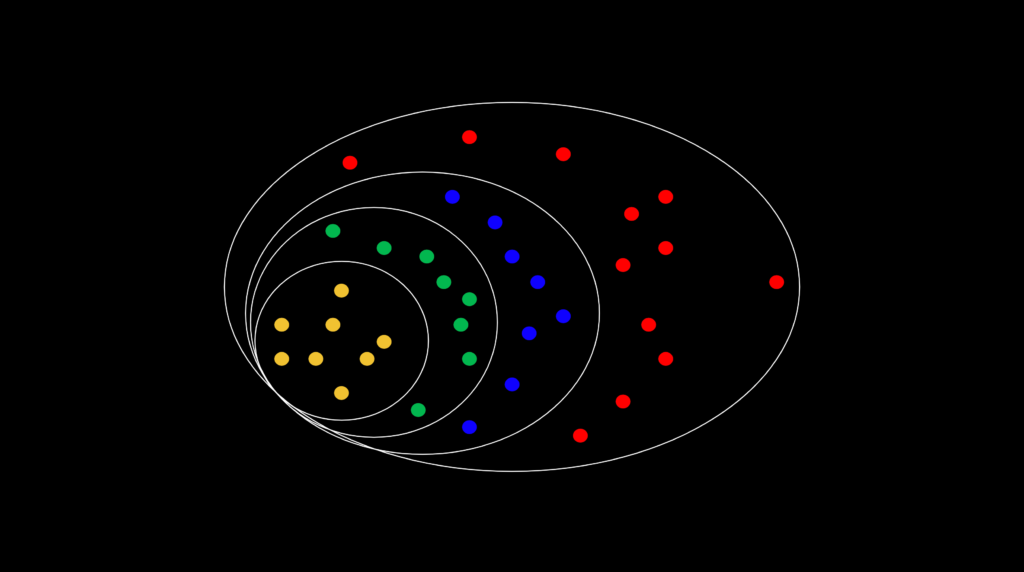
I am particularly worried about initial blockchain download, bloat, and node count in proof of work (POW) blockchains, and I realize that running nodes in places where crypto is banned is a risky business.
Make no mistake. These are problems that both Ethereum Classic and Bitcoin have. The difference is that Bitcoin inflates the database at a slower pace than an EVM (Ethereum Virtual machine) chain, but bloat is a problem in Bitcoin anyway.
So, maybe, these problems could be reduced, or partially solved, if there were a way to pay for people to run non-mining nodes and relaying messages.
Some people are thinking of how to compensate nodes to store the whole history (archival nodes); others are thinking of how to pay for developers, research and development, and external infrastructure through a treasury, which I do not support in POW blockchains.
I do not like the concept of taxing or adding another cost to miners because it obviously reduces security in the form of less hash power for the same revenue and it practically turns POW blockchains into proof of stake networks.
However miners seem to be a good and economically interested initial point to start a payments chain in the non-mining nodes network.
I have three ideas:
1. If a blockchain were a Bit Gold based blockchain or had a Bit Gold system parallel to the typical block rewards systems (as I proposed for Ethereum Classic), then not only the miners could produce Bit Gold by building blocks, but if non-mining nodes were to use POW to send messages (as in the original hashcash system), then those non fungible smaller proofs could also be used in the network to build bundles (analogous to gold bars or gold ingots in the physical world), together with the miner non fungible block hashes, and then fungible coins on top of those bundles. This would compensate nodes for producing their own Bit Gold.
2. If the Bit Gold produced by miners is too different (because the units are generally larger, more valuable, and more difficult to produce) than the non-miner node proofs, then the non-miner node proofs could be defined as “Bit Silver”, so there would be Bit Gold and Bit Silver in that network (China had copper coins, silver coins, gold coins, and paper money circulating together at some point in history after all!).
3. Regardless whether Bit Gold, Bit Silver, or any other system is used to compensate for non-mining nodes, a method of payment to them using the miners as the original interested party in message distribution and source of payment could be something like this:
a. Networks apparently have an average of 6 degrees separation.
b. Blockchains like Bitcoin and ETC have small populations (e.g. Bitcoin has 12k to 100k nodes and ETC has 400 to 600 nodes).
c. This means that miner payments to non-miner nodes could be divided into 6 portions (say, 6 cents, where 1 cents is 1 portion).
d. When a miner pays its direct feeds (nodes who send them TX messages directly) it pays them 6 portions at once (e.g. 6 cents).
e. When the direct feeds get the 6 cents, they send 5 cents to their direct feeds.
f. The nodes that got the 5 cents pass on 4 cents to their direct feeds, and so on…
In this system, in 6 degrees the whole network of non-mining nodes should be paid for all TXs.
This has to be done on a TX per TX basis because I think nodes do not send the same TX twice to the same peers.
Code Is Law